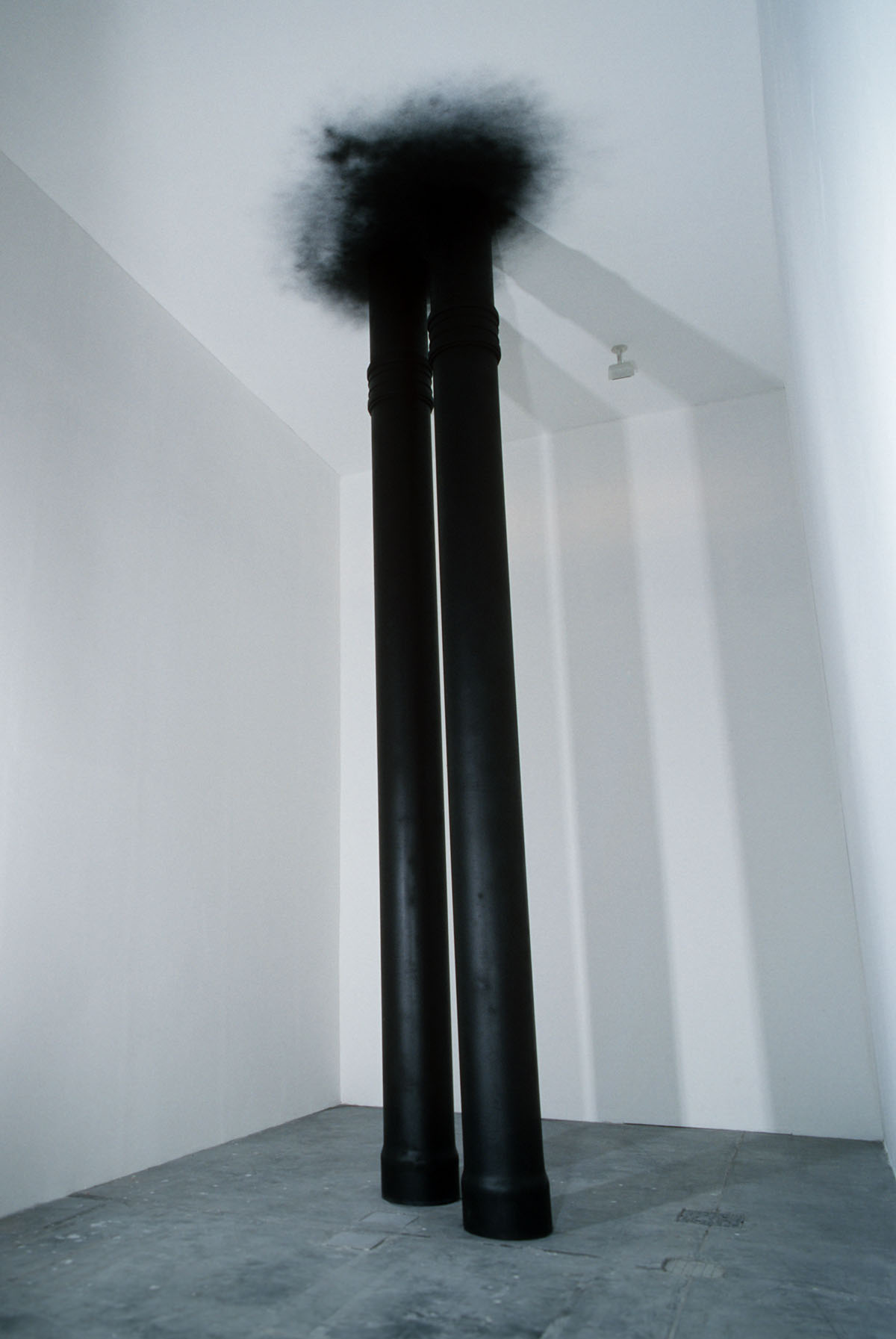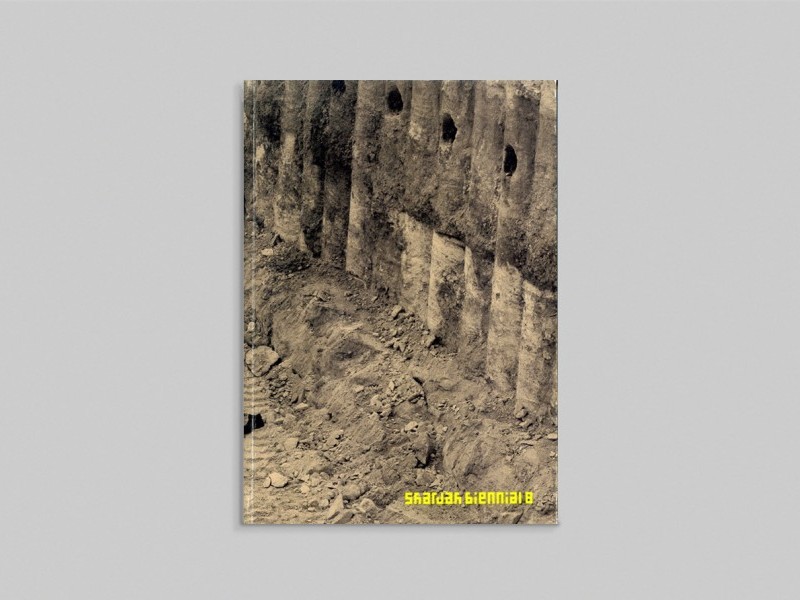
Storm #2, 2007
Taysir Batniji
Storm #2, 2007
Oil pipes and charcoal
600x40 cm
Installation view
search


Taysir Batniji
Storm #2, 2007
Oil pipes and charcoal
600x40 cm
Installation view
The documentaries of Taysir Batniji differ from sensationalised standard documentaries. Similar to Haikus, they are outstanding human aphorisms. In a simple and elliptical manner, the Gaza-born artist shields the Palestinian reality from the potent distorting media limelight. The dense political and social life of the country is not underrated; its human substance, subtly expressed, remains diffused. The artist acts mainly as a witness, hence his subtly subjective perceptions. Like an optic lens, he resists the fragmented report, at the same time remaining sensitive to the visions of the international media that focus on the Middle East without managing to objectively represent it.
In Transit at the border between Egypt and Palestine, the artist suffers endless days of waiting: chunks of time, time freezes, like a still photograph. As in La Jete of Chris Marker, photography and film overlap. A sequence of movements, right from the moment when the customs officer calls the names and throws the passports in the air, Batniji’s camera starts rolling. The artist reproduces this sudden trajectory of passports in slow motion in an attempt to dilute its eloquent significance.
The work of Batniji presents a degree of poeticism, punctuated by temporal jolts. These accelerations also reflect a political time, unstable or syncopated. In Me 2 he abruptly stops the news on TV and shifts the camera onto himself as he sings “I will survive”. These realities are either diluted beyond their normal time frame, or compressed to become of extreme urgency. In another performance the artist moves a mound of sand, a handful at a time, till no more sand remains, as in the myth of Sisyphus, until his finale: an impasse revisited endlessly in vain. Diffused or concentrated, this is the very reality of Palestinians held hostage, a reality that Batniji condemns. This work also symbolises this Catch 22 that splits the artist between Europe and Palestine. As for his constant “re-doing, undoing,”, “building, demolishing”, they are actions inherent in his creation. In Palestine, a series of imperceptible moments in time can suddenly be caught up in a bottleneck that makes the present moment both critical and highly dangerous. Only these desperate moments alert the media. For Batniji these jolts and plunges are subtle components of the long-standing process of normalisation fed with the patience of a lifetime. It is not only the space that is conditioned and conditional in Palestine, but also time. It is this fragmented absurdity of existence that the Palestinians see, “like an eclipse”, being gravely altered.
This project was part of Sharjah Biennial 8.

This catalogue accompanied Sharjah Biennial 8, which attempted to renegotiate the relationship between art and ecology into a system of cohabitation.

The second book in the Still Life: Art, Ecology and the Politics of Change series, documents Sharjah Biennial 8 as it was on view.